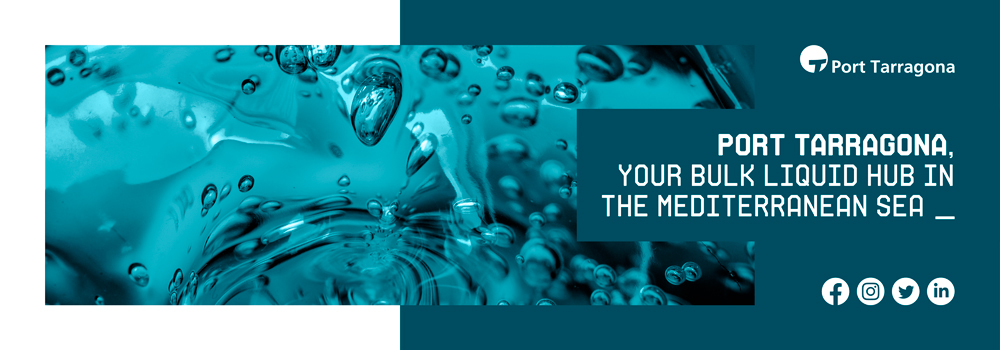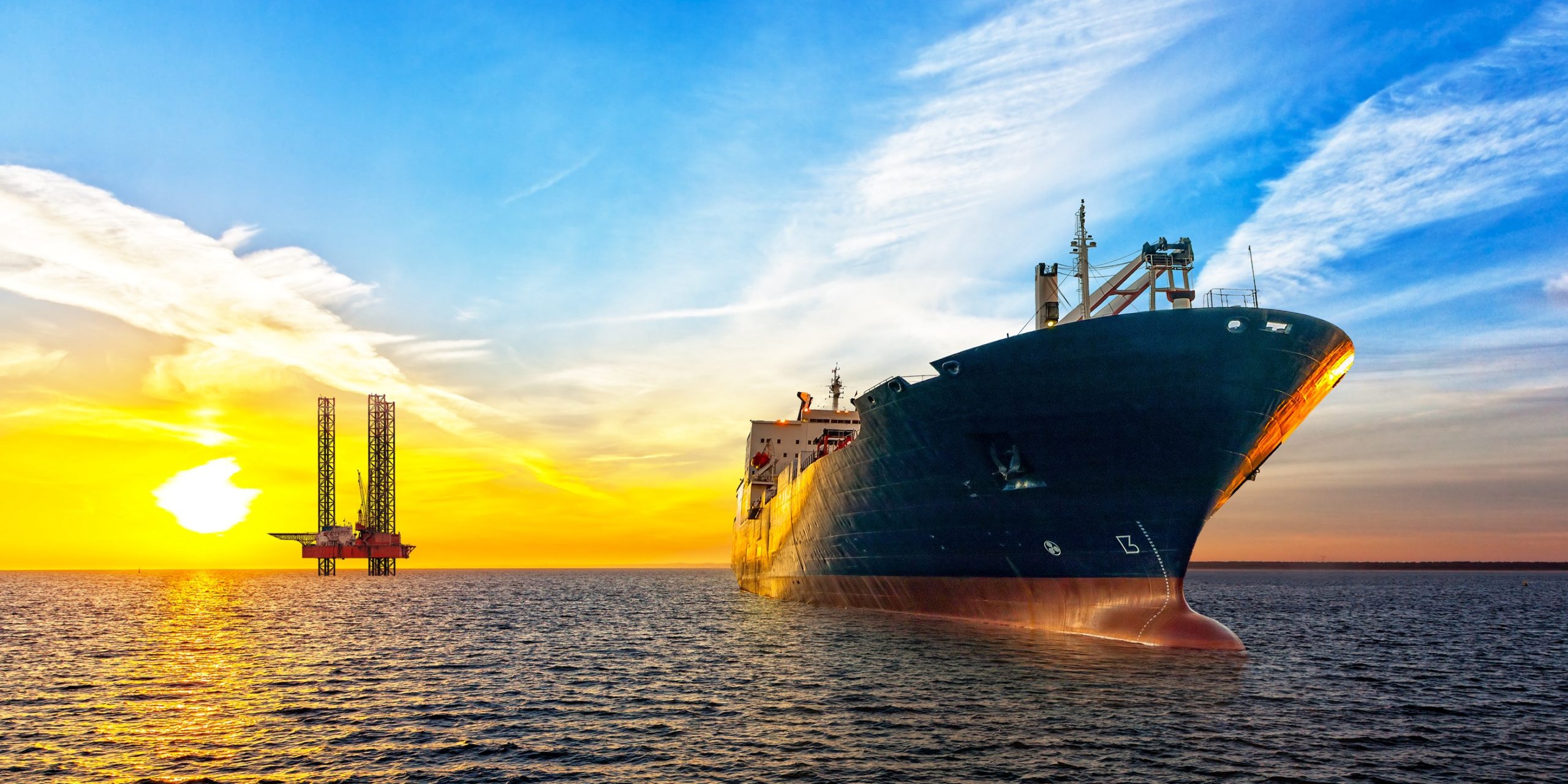The global fleet of LNG bunkering ships continues to grow
According to the World LNG report published by the International Gas Union (IGU), the LNG bunkering fleet grew by nine vessels in 2021 and two vessels in the first four months of 2022, bringing the global fleet total to 30.
There are an additional 16 vessels on the order book, to be delivered across the globe. The typical size of these vessels is increasing over time – average capacity of the active fleet is 7,200 cm, while the average capacity of vessels on the orderbook is 9,200 cm. Thus, bunkering companies are preparing for servicing larger LNG-powered ships and for the increase of LNG bunker sales.
The IGU report said: “As the global shipping fleet turns to LNG to decarbonise and adhere to stricter environmental regulations, LNG bunkering demand and supply is growing.”
According to the report, there are currently 84 LNG bunkering facilities at terminals and ports globally, with 49 in Europe, 24 in Asia, six in North America, four in Australia and one in South America. Besides, the global liquefaction capacity reached another high of 459.9 MTPA in 2021.
Milton Catelin, IGU secretary general, said: “Gas and renewables will be the two major pillars of decarbonisation. LNG plays a critical role in assuring the fundamentals of global energy security and economic stability, and this role has never been greater than it is now.”
GTT earlier said that the crisis highlighted the strategic importance of maritime transport of LNG.
Despite the surge of gas prices in the global market, the coming years are to see an increase in the number of terminals accepting LNG in Europe, in view of its policy of a gradual rejection of Russia’s pipeline gas supplies. That, in its turn, can give an impetus to the development of LNG-powered shipping, since the related port infrastructure will be developed at a quickened pace while decarbonisation of seaborne transport is on the agenda. Therefore, the number of ships running on gas fuel will increase and, consequently, the demand for LNG terminals and LNG bunkering ships on the key trade routes worldwide will grow as well.
The global market of LNG-powered ships is seeing new players. Iran has announced its intention to build an LNG-powered Aframax tanker of 113,000 tons in capacity.
Meanwhile, Russia continues playing a significant role in the development of LNG powered shipping, which is likely to increase amid the global energy crisis and due to the country’s enormous resource base. Notably, the Marshal Rokossovsky ferry that can be powered by LNG is deployed on a route of the utmost importance, linking the Kaliningrad Region with the mainland Russia. The similar ship named General Chernyakhovsky will join the service this year.
LNG will play an important role on the Northern Sea Route as the use of oil products in the Arctic risks oil spills, and the subsequent negative environmental impact.
Moreover, Russian company Sovcomflot, one of the largest tanker operators worldwide, has been actively introducing LNG as a marine fuel in recent years. As Igor Tonkovidov, president and CEO of Sovcomflot, told journalists at the recent SPIEF, the company continues acting as a driver of “green” shipping and 20 ships under construction at Zvezda shipyard will be powered by LNG. The delivery of the first vessel is still expected in September 2022.
The relevant infrastructure development is under way. Gazpromneft Marine Bunker has built Russia’s first LNG bunkering ship, Dmitry Mendeleev.
Tatarstan based Ak Bars Shipbuilding Corporation is set to complete the design of a new LNG bunkering ship for Gazprom LNG Technologies LLC in September 2022. The company expects its first LNG bunkering ship to be built in 2023. The number of ships in the series has not been determined yet.
For more information visit www.igu.org
1st August 2022

















